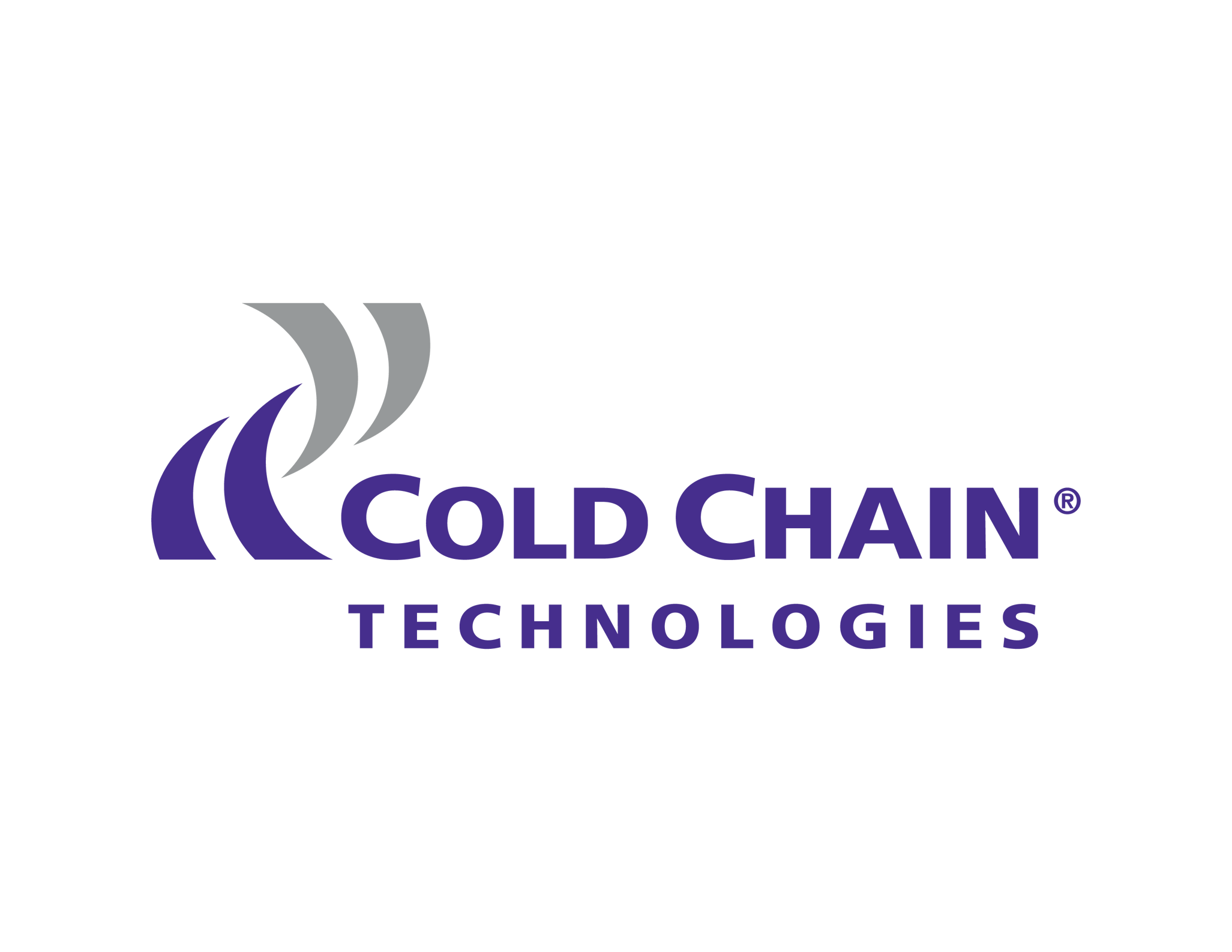The Super Cooling Challenge: Super cooling poses a significant hurdle in the pharmaceutical cold chain industry, particularly within dry ice shippers. Dry ice, composed of solid CO2, undergoes sublimation during transport, transitioning from a solid to a gas phase at extremely low temperatures, typically around negative 80oC.
The Dynamics of Super Cooling: Super cooling occurs when the gases surrounding the dry ice pellets disperse too rapidly, accelerating the sublimation process and intensifying the coldness. This phenomenon is more pronounced with smaller dry ice pieces such as pellets and rice, owing to their increased surface area, which allows gases to escape more quickly.
Preventing Exposure to Extreme Temperatures: The primary motivation behind preventing super cooling is to shield product payloads from excessively cold temperatures. While normal sublimation occurs around negative 80oC, super cooling events can drive temperatures down to negative 90oC or even negative 100oC. Exposing pharmaceutical materials to such extreme coldness can render them brittle and compromise their integrity.
CCT has pioneered an innovative solution to address the persistent challenge of super cooling in pharmaceutical dry ice shippers. This thought piece delves into the significance of preventing super cooling, outlines CCT's patented designs for the CCT ULTimateTM and the CCT EcoFlexTM shippers and explores the broader benefits of these advancements in cold chain logistics.
CCT's Innovative Prevention Approach: To combat super cooling, CCT developed a unique strategy that focuses on controlling gas flow without completely sealing off the dry ice shipment. The key lies in the implementation of an “Airshield” around the installation, designed to impede turbulent gas flow and prevent super cooling events.
The “Airshield” Solution: CCT's Airshield is seamlessly integrated with existing components, acting as an Airshield to prevent gases from interfering with the dry ice surface. By strategically controlling gas flow, the Airshield ensures that temperatures within the shipment remain stable and do not plummet to levels that could harm pharmaceutical payloads.
Additional Performance Enhancements: CCT's design not only prevents super cooling but also enhances the overall performance of dry ice shippers. By maintaining a stable gas flow, the duration of the shippers is optimized, ensuring that dry ice is used efficiently. Moreover, the Airshield design adds a layer of protection in case of shipper tipping during transit, preventing super cooling even in such scenarios.
Conclusion: Innovative solutions like CCT's Airshield design showcase the potential for advancements in cold chain technology to address critical challenges in pharmaceutical logistics. By preventing super cooling, CCT not only safeguards product integrity but also improves the efficiency and stability of dry ice shipments, marking a significant leap forward in the evolution of cold chain technology.


